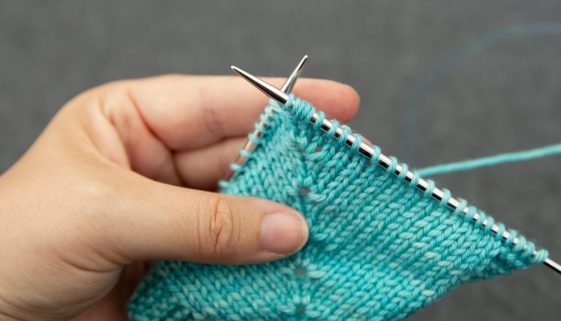Double yarn over: central double increase
A double yarn over (yoyo) is an increase method that creates a decorative hole. Two additional stitches are created, so this is a double increase. Let’s see how it works.

A double yarn over (yoyo) is an increase method that creates a decorative hole. Two additional stitches are created, so this is a double increase. Let’s see how it works.

This tutorial explains an increase method that involves working multiple stitches in a single stitch.

This tutorial explains an increase method that involves lifting and working into the one leg of the stitch below the stitch on the needle. It can be worked two different ways, these are described as kll (knit left loop) and krl (knit right loop).

Sign up for Knit Stars Season 9 today!

This tutorial explains an increase method that involves working multiple stitches in a single stitch. A (k1, yo, k1, yo, k1) all in the same stitch is a quadruple increase, working 5 stitches in one stitch, for a net gain of 4 stitches.

This tutorial explains an increase method that involves lifting and working into the bar between two stitches to create a purl stitch.